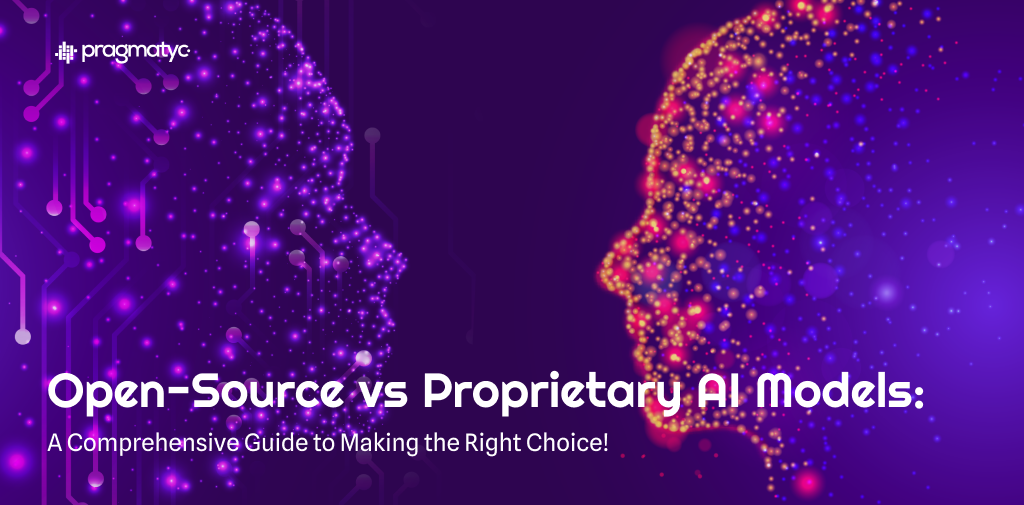As businesses make significant efforts to navigate the digital economy, the measure of success often relies on how well customers can adapt to their digital services, usually delivered via the internet. With over 92.6 % of the global internet users depending on their smartphones to access the internet, it is natural that businesses, too, need to focus on delivering more of their digital services via dedicated mobile apps. In addition, productizing their digital services into an application creates the need for having a streamlined product user experience design that can resonate well with customer expectations and help them win loyalty faster.
However, most companies see visual design as the only goal they need to achieve for their products to gain universal acceptance and sustain growth. This is where the problem lies. Product user experience design goals are much more than just visual design. Visual design can be treated as just a cosmetic feature that holds more branding potential than a customer perspective.
Let us examine the key goals businesses need to focus on for their product user experience design to ensure a successful performance for their digital products and apps in target markets.
Customer Experience
Studies show that nearly 86% of customers would be willing to pay more for a product or service if it offers them a great customer experience. Therefore, delivering a positive customer experience should be a top priority for businesses. In addition, they need to leverage strategic user experience design skills to ensure that their digital products offer speed, convenience, and knowledgeable help for features to customers, which are often the three key pillars of a great customer experience.
Improve Self-Service Capabilities
With the more millennial population becoming mainstream buyers of digital services, businesses need to focus on enabling as many self-service capabilities as possible for their digital products. Getting around the app or product should be easy with the right navigational aids present at the right spots. In addition, there should be a clear focus on making an end-to-end experience within the product itself rather than taking customers through a series of different digital services wherein they must enter their sensitive data or credentials. One example is routing payments to 3rd party provider interfaces or websites. Businesses need to ensure that their payment infrastructure is embedded within their product. For a customer, they should feel the entire end-to-end process from adding an item to the cart, check-out, and payments as a unified user experience without having to become ambiguous about parting their financial data on other websites.
Simplifying Processes
One of the most prominent product user experience design philosophies that businesses must follow today is to simplify the service execution of processes for a user. If users are forced to navigate through multiple screens, enter their data, or choose multiple locations to find the right option, it will amount to a bad customer experience. Studies show that 32% of customers would walk away from a brand they loved after just one bad experience. Lowering the number of processes involved in an end-to-end customer interaction cycle requires a well-laid out usability roadmap for every element in a digital product or app. From screen navigations to data collection points and menus, product designers have to set goals for simplicity at a high priority.
Content Discovery
The search experience within a digital product is equally important as any other user experience element. End users shouldn’t be made to wait and think about how to find the content or what search options they need to use within the product to reach their desired choices. This should be another vital goal for product designers. They need to deploy extensive user-testing techniques to track how different types of users interact with a product and use the feedback to design interfaces and content discovery options within the product. Seamless content discovery is also a great addition to the goal of simplicity as both together make for an enjoyable and fast customer experience ultimately.
Continuous Improvement
Change is the only thing that remains constant. For user experience, this trend is no different. Market trends, changing consumer dynamics and other factors would ultimately require improved user experiences to be made available in a product to remain competitive. Hence, businesses need to make continuous product design improvements by leveraging user feedback, the target markets, and their competitors. Only then would they deliver stellar experiences on an ongoing basis and retain customer loyalty.
Product user experience design today is way more than just visual design. It should be centered on how your target audience wants to use the product rather than how you envision it to be used. Building highly customer-centric digital products requires a strategic and consultative approach that blends technology prowess with high-end market research.
Having such in-house capability is often a challenge for businesses. However, this is where our product engineering and design services can help change the future of your digital products.





 by
by